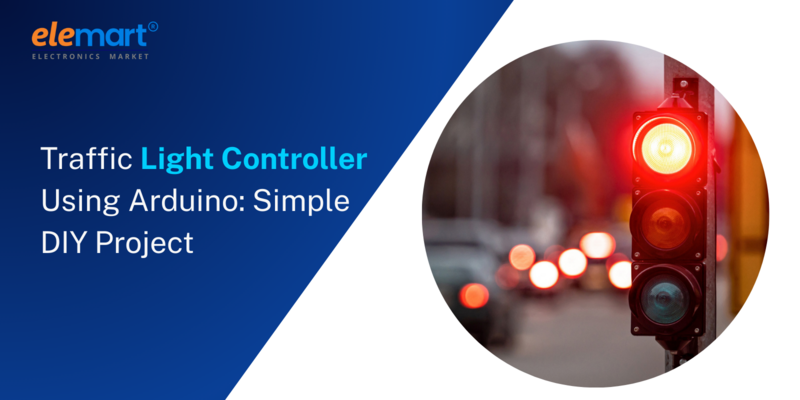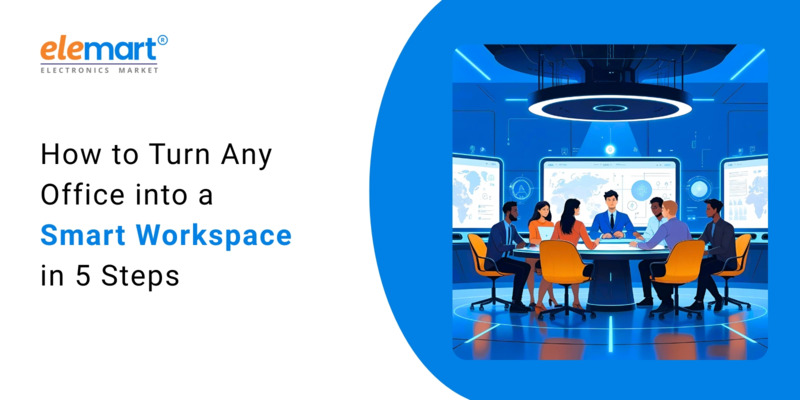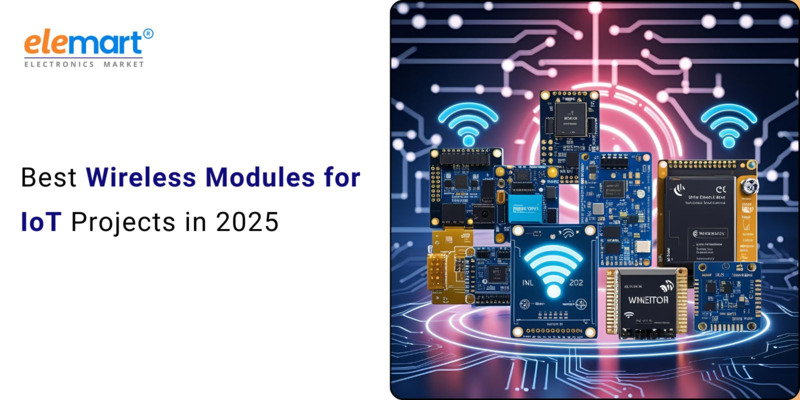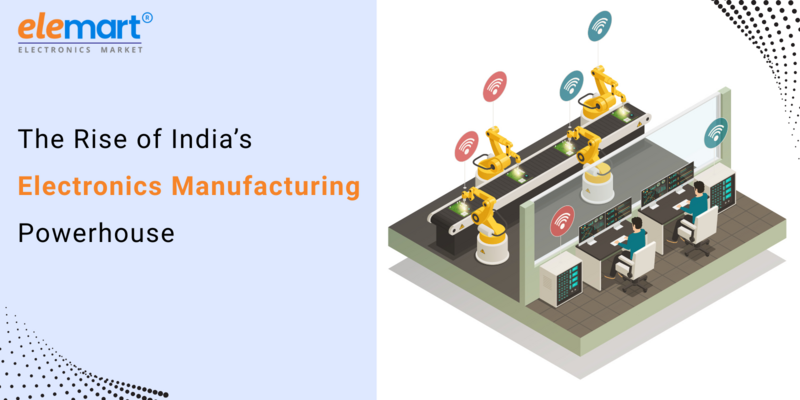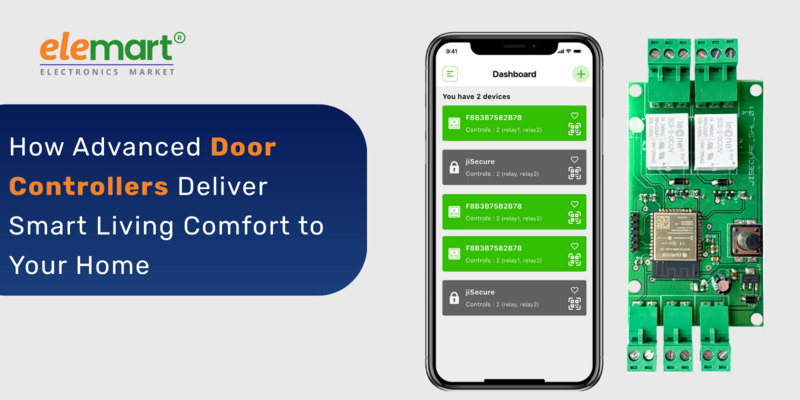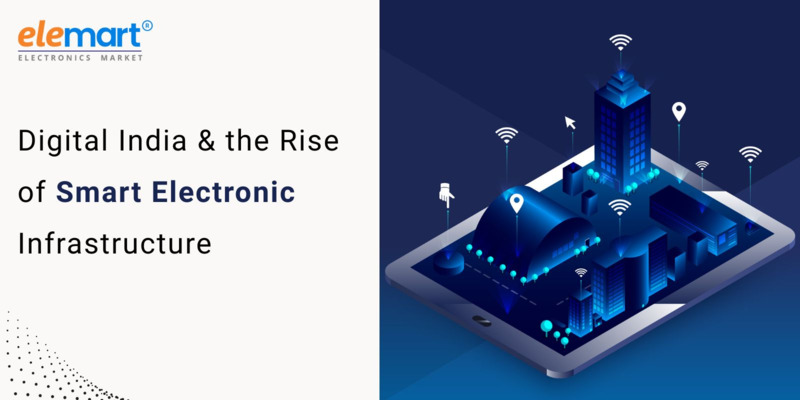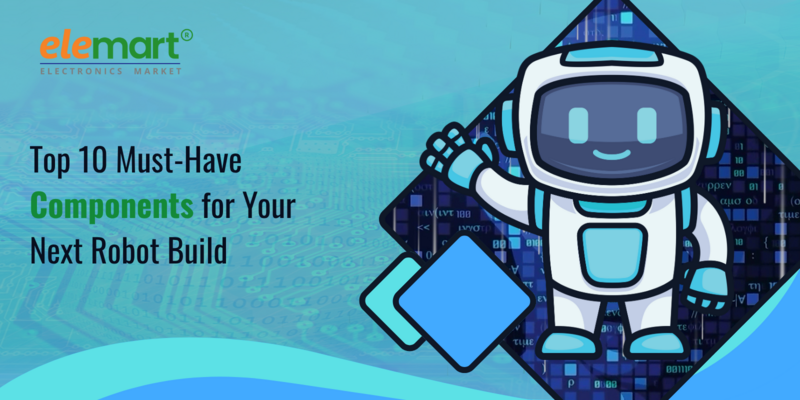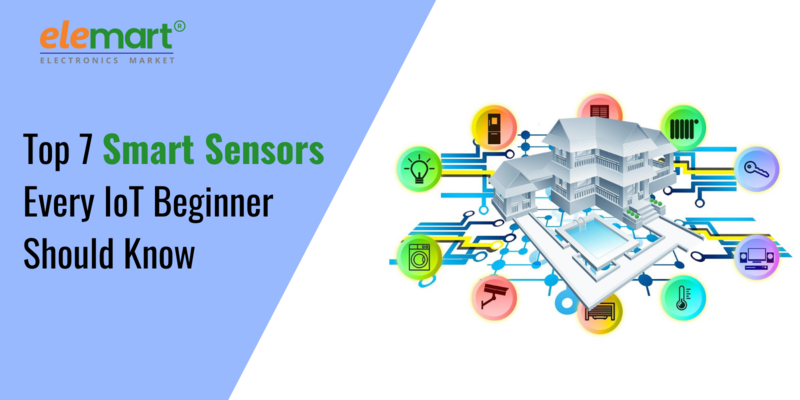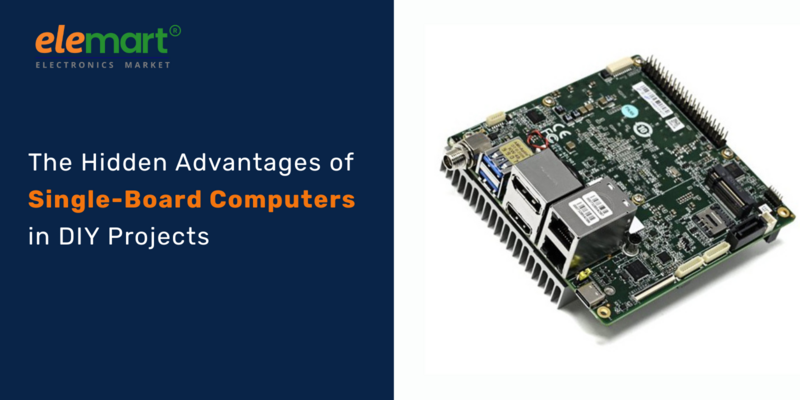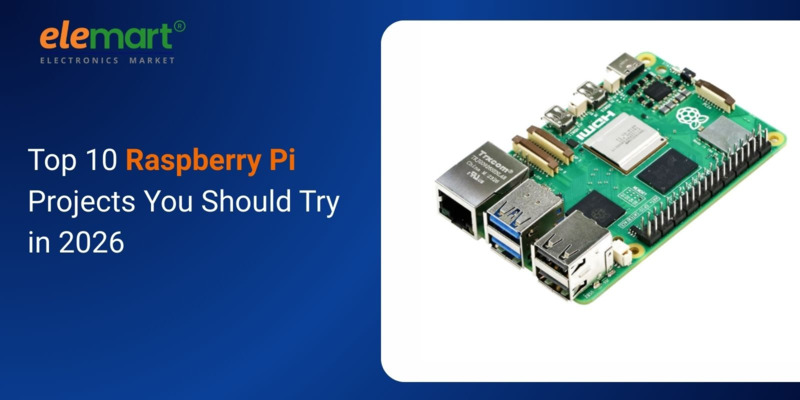- Jun 18, 2025
- IOT
- 319
Share this post on:
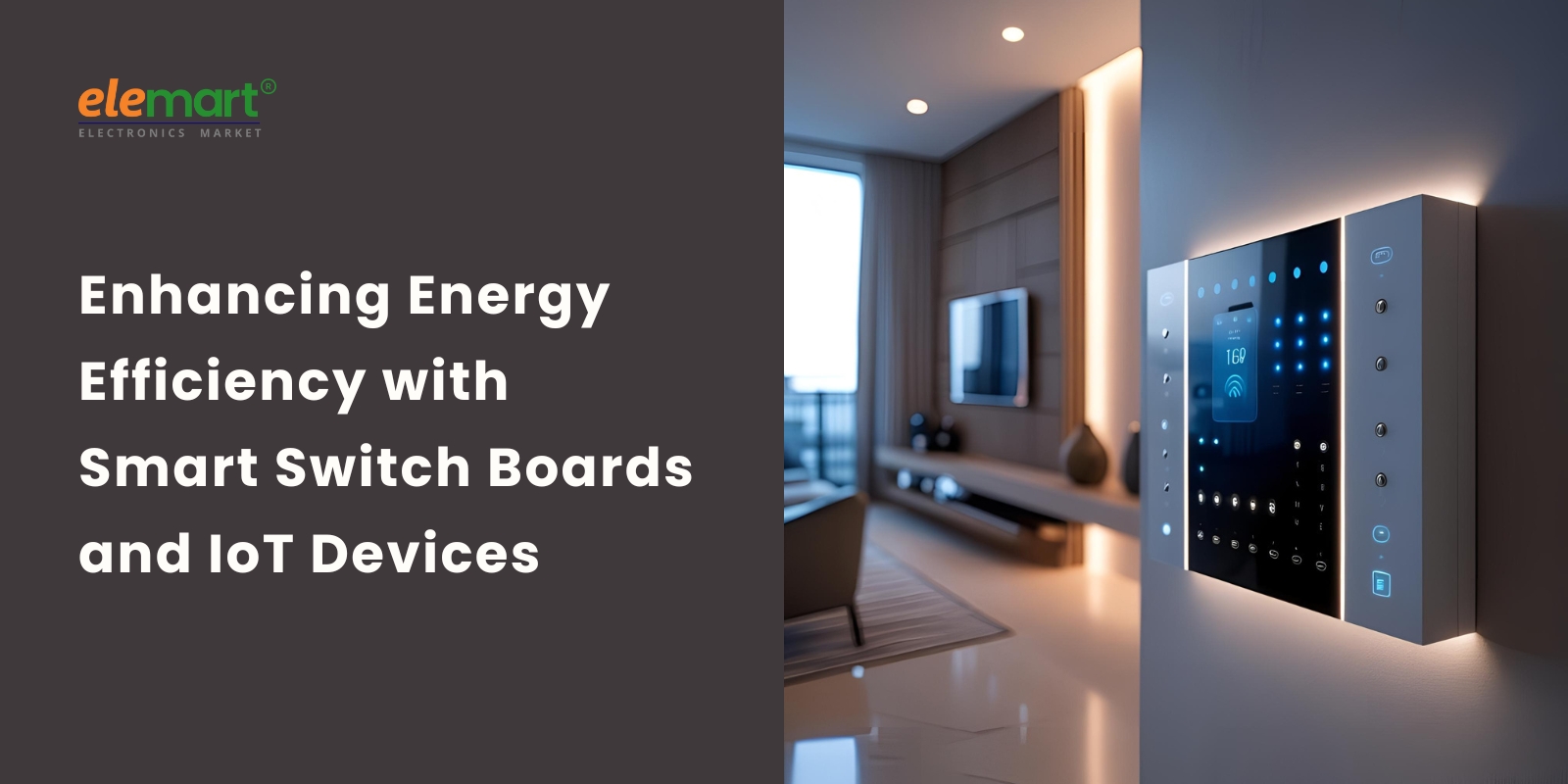
We’re all looking for ways to reduce our environmental impact and lower our utility bills. While large-scale renewable energy projects are vital, smaller, everyday changes in our homes and businesses can collectively make a significant difference. One of the most exciting areas for improvement is energy consumption – and it’s getting a serious upgrade thanks to smart switchboards and the Internet of Things (IoT). Forget just flipping a light switch; we're entering an era of intelligent energy management.
What’s the Problem? Understanding Energy Waste
Before we dive into the solutions, let's acknowledge the problem. According to the U.S. Energy Information Administration, residential and commercial buildings account for roughly 40% of total energy consumption. A significant portion of this – often 20-30% – is wasted due to inefficient appliances, phantom loads (devices consuming energy even when "off"), and simply forgetting to turn things off. Traditional switchboards offer very limited control; you either have the light on or off. This lack of granular control is a major contributor to energy waste.
Introducing Smart Switchboards & IoT: A Smarter Approach
So, what are smart switchboards and IoT devices, and how do they help?
- Smart Switchboards: These aren’t just replacements for your existing electrical panel. They are advanced control centers that integrate with your home’s electrical circuits. They often include features like:
- Remote Control: Manage appliances and lighting from anywhere via a smartphone app.
- Energy Monitoring: Real-time data on energy consumption for individual circuits and the entire panel.
- Circuit Breaker Control: Ability to remotely trip and reset circuit breakers, enhancing safety.
- Automated Scheduling: Set schedules for appliances and lighting based on time of day, occupancy, or other factors.
- Integration with Smart Home Ecosystems: Work seamlessly with other smart devices (voice assistants, security systems, etc.).
- IoT Devices: The Internet of Things refers to the growing network of devices connected to the internet. In the context of energy efficiency, this includes:
- Smart Plugs: Allow you to control individual appliances remotely and monitor their energy usage.
- Smart Lighting: LED bulbs that can be dimmed, scheduled, and controlled remotely.
- Smart Thermostats: Learn your heating and cooling preferences and adjust temperatures automatically.
- Energy Monitors: Devices that track overall energy consumption and provide insights.
The Synergy: How They Work Together
The real power comes from how smart switchboards and IoT devices interact. Imagine this scenario:
- Your smart switchboard detects that you've left the living room.
- It signals to smart plugs connected to the entertainment center to automatically turn off the TV, gaming console, and speakers.
- It dims the smart lighting and adjusts the smart thermostat to a more energy-efficient temperature.
- All of this happens without you having to lift a finger.
This level of automation and control wasn't possible with traditional electrical systems.
Benefits Beyond Lower Bills: A Holistic View
While cost savings are the most obvious benefit, smart switchboards and IoT devices offer a range of advantages:
- Reduced Energy Consumption: Eliminate phantom loads, optimize appliance usage, and minimize waste.
- Lower Utility Bills: Significant reductions in electricity and heating/cooling costs.
- Increased Convenience: Remote control and automation simplify daily life.
- Enhanced Safety: Remote circuit breaker control can prevent electrical fires and improve safety.
- Data-Driven Insights: Energy monitoring data allows you to identify energy-hogging appliances and adjust your usage accordingly.
- Improved Sustainability: Reduce your carbon footprint and contribute to a more sustainable future.
- Increased Home Value: Smart home technology is becoming increasingly desirable to homebuyers.
Real-World Applications: Examples in Homes & Businesses
- Homeowner Scenario: A family often forgets to turn off lights in the kids' bedrooms. With a smart switchboard, they can set a schedule to automatically turn off the lights at bedtime. They can also remotely turn off the air conditioning while on vacation.
- Small Business Example: A restaurant with walk-in coolers can use a smart switchboard to monitor energy usage and implement automated shut-off schedules during off-peak hours. They can also remotely reset tripped breakers, minimizing downtime.
- Property Management: A property manager can use a central smart switchboard interface to monitor and control energy usage across multiple rental units, identifying opportunities for efficiency improvements.
Installation and Considerations: What You Need to Know
- Professional Installation: Due to the complexity of electrical work, it’s crucial to have a qualified electrician install your smart switchboard. Improper installation can be dangerous.
- Compatibility: Ensure your smart devices are compatible with your smart switchboard system. Look for systems that support common protocols like Wi-Fi, Zigbee, and Z-Wave.
- Security: As with any connected device, security is paramount. Choose reputable brands with robust security features and keep your devices’ firmware updated.
- Cost: Smart switchboards are an investment, but the long-term savings on energy bills often outweigh the initial cost.
- System Selection: Research different smart switchboard brands and models to find the features and functionality that best meet your needs. Some offer more detailed energy monitoring than others.
The Future of Energy Management: Beyond Smart Switchboards
The technology is evolving rapidly. Here’s a glimpse into the future:
- AI-Powered Optimization: Artificial intelligence will play an even greater role in automatically optimizing energy usage based on user behavior and environmental conditions.
- Integration with Renewable Energy: Smart switchboards will seamlessly integrate with solar panels and energy storage systems, maximizing the use of renewable energy.
- Microgrids: Smart switchboards will be a key component of microgrids, enabling communities to generate and distribute their own electricity.
- Predictive Maintenance: Smart switchboards will be able to predict equipment failures and schedule maintenance proactively, preventing costly downtime.
Getting Started: Simple Steps to Enhance Energy Efficiency
- Conduct an Energy Audit: Identify your biggest energy consumers.
- Replace Incandescent Bulbs with LEDs: A simple, cost-effective way to reduce energy usage.
- Install Smart Plugs: Start controlling individual appliances and monitoring their energy consumption.
- Consider a Smart Thermostat: Optimize your heating and cooling system.
- Explore Smart Switchboard Options: Research different brands and models and consult with a qualified electrician.
